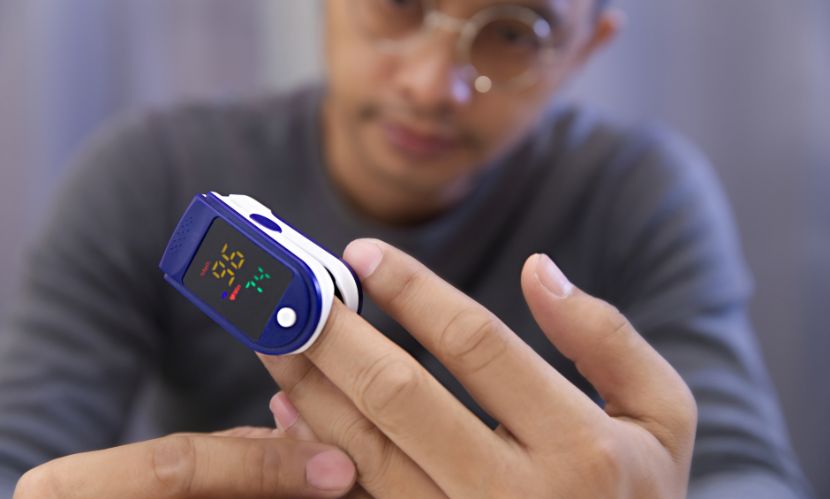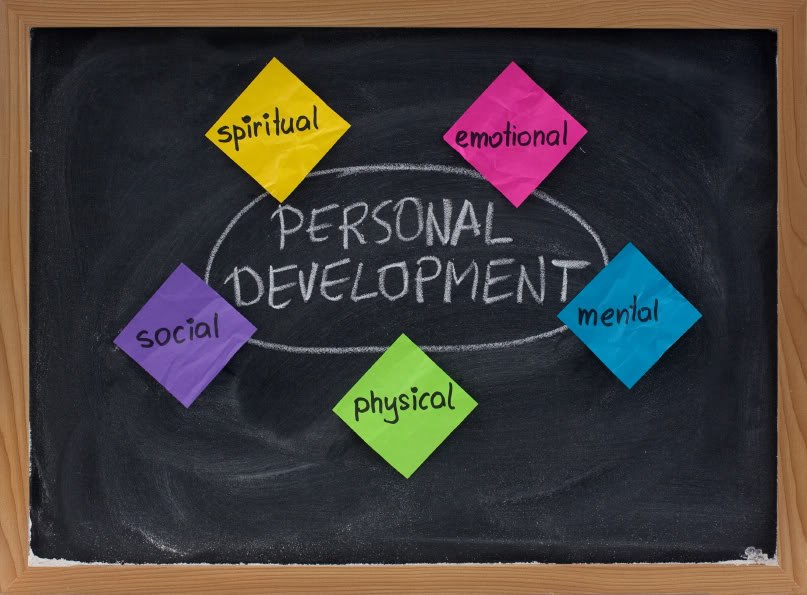No-shows can create problems in clinical settings. They disrupt workflow, leave gaps in patient care, and put extra pressure on the rest of the team. When a student doesn’t show up for their shift, clinics need a clear plan to handle the situation.
Here’s a simple guide on what to do and how to prevent it from happening again.
Immediate Actions
Document the Absence
The first step is to document the no-show. Write down the date, time, and any communication (or lack of it) from the student. This record is important for follow-ups and helps create accountability.
Try to Reach the Student
Contact the student as soon as possible. Ask why they didn’t show up and check for emergencies or personal issues. Sometimes, there may be a valid reason, like illness or a family crisis.
Follow-Up Steps
Review Attendance Policies
Go over the clinic’s attendance policies with the student. Make sure they understand the rules, including the consequences for missing shifts without notice. Many clinics use strict policies that could include probation after multiple no-shows.
Assess the Situation
If the student provides a valid excuse, like a sudden emergency, consider allowing them to make up the missed hours. The clinic’s policies should guide whether the absence is excused. Appropriate consequences may be needed if the absence was avoidable or without reason.
Apply Consequences If Necessary
If the student doesn’t have a good reason, follow the clinic’s policies for handling no-shows. This could include warnings, probation, or other actions. Clear and consistent consequences help set expectations and ensure fairness.
Preventing No-Shows
No-shows are disruptive but can often be avoided with the right systems and practices in place. Here are some preventative measures clinics can adopt:
Use a Student Attendance Tracking System
A student attendance tracking system helps clinics monitor attendance in real-time. It ensures accurate records and makes it easier to spot patterns like recurring absences. This data can help identify students who might need extra support or guidance.
Improve Communication
Students should have easy ways to notify the clinic about potential absences. Offering multiple communication channels—like email, phone, or text—makes it easier for them to report issues early.
Educate Students on Attendance
Attendance isn’t just about showing up. It’s about being part of a team and ensuring patient care isn’t compromised. Clinics should educate students on why attendance is important and how no-shows affect their colleagues and patients.
Track Trends with a Student Tracking System
A student tracking system can help clinics examine attendance trends over time. If certain students or groups frequently miss shifts, clinics can investigate to find out why. This data can reveal larger issues that need attention, like poor scheduling or personal challenges.
The Role of Effective Scheduling
Many no-shows happen because students struggle with their schedules. Balancing clinical rotations, studies, and personal responsibilities can be overwhelming. Clinics should use flexible scheduling systems that consider student needs.
For example, schedules should account for exam periods or other academic demands. Students who feel supported are less likely to skip shifts. Effective scheduling also ensures shifts are covered in case of last-minute cancellations.
Adding Incentives for Good Attendance
Positive reinforcement works. Clinics can encourage better attendance by rewarding students who maintain an impeccable record. Here are some ways to do it:
- Recognition: Publicly acknowledge students with excellent attendance.
- Certificates or Awards: Offer certificates that students can include in their professional portfolios.
- Scheduling Preferences: Give top-performing students priority when picking shifts.
- Future Recommendations: Make attendance a key factor in recommendations or referrals.
These incentives can motivate students to take their shifts seriously and improve their accountability. Good attendance habits also help students build a more substantial professional record in the long run.
Why It All Matters
No-shows aren’t just inconvenient—they can harm the clinic’s operations and impact patient care. Clinics can minimize disruptions and create a more supportive environment by taking a structured approach and using tools like a student attendance tracking system.
Prevention is key. Effective scheduling, open communication, and clear policies can reduce the chances of no-shows happening in the first place. Rewarding good attendance can also motivate students to take their responsibilities seriously.
By focusing on these steps, clinics can handle no-shows more effectively while fostering a culture of accountability and teamwork.



